Supply Chain Analytics
The supply chain is a vital piece of the puzzle for business success, because it directly impacts a company’s cap potential to offer a positive customer experience while also accounting for many of the charges that have an effect on normal profitability. The supply chain is a network among suppliers, a business, and the end-user, covering everything from raw materials sourcing to shipping to the end consumer.
Supply Chain Analytics is the analysis of statistics organizations draw from some of the applications tied to their supply chain, which includes delivering chain execution systems for procurement, stock management, order management, warehouse management and fulfillment, and transportation control (which includes shipping).
INFOfISCUS Supply Chain Analytics
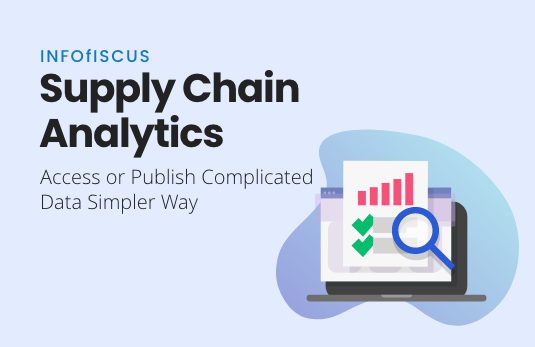
Access or Publish Complicated Data in Simpler Way
- Integrates with any On-prem/Cloud Apps
- Comprehensive analysis to Sales Orders vs Shipments
- On-Time Delivery analysis
- Pre-Built KPIS on Manufacturing Cost, Sales and Gross Margin etc
Infometry’s insights, advice, statistics, and tools assist supply chain leaders to build a strong supply chain analytics method that improves supply chain and organizational decision making.
Challenges in Supply Chain Analytics :
- Few businesses have the scalable data foundation needed to build supply chain analytics that correctly constitutes the supply chain.
- Talent and abilities applicable to supply chain analytics are limited.
- A lack of clarity on the supply chain analytics enterprise case can gradually down adoption.
INFOfISCUS Supply Chain Analytics Dashboards
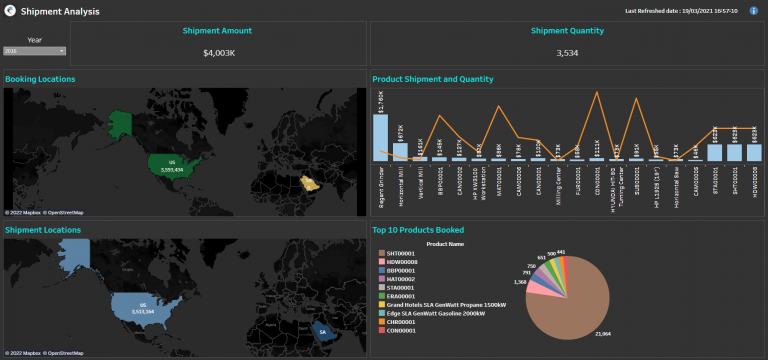
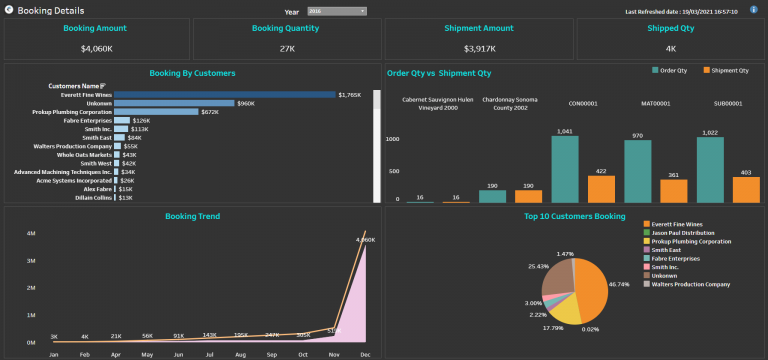
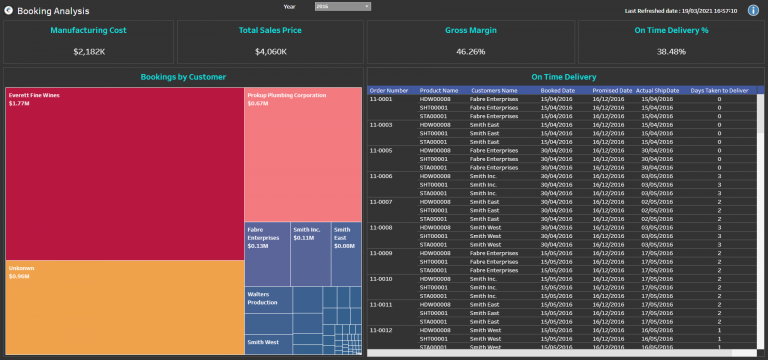
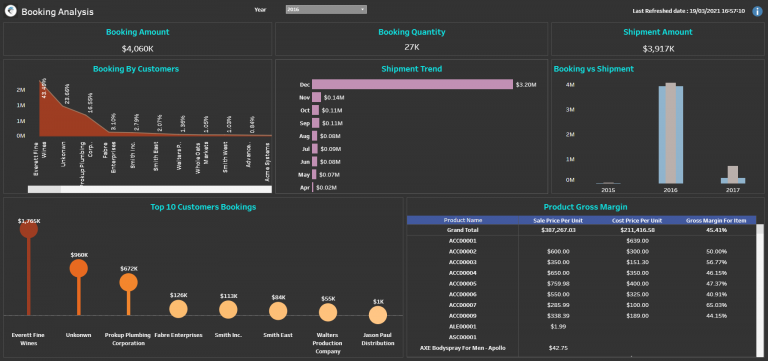
Types of Supply Chain Analytics
-
Descriptive Analytics
Descriptive analytics looks at what happened in the past. They can perceive patterns in historic data. These statistics could come from both inner supply chain execution software programs and external systems that provide visibility throughout suppliers, distributors, various income channels, and customers.
-
Predictive Analytics
Predictive analytics help businesses predict what could happen and the business impact of different situations, which includes the capability to deliver chain disruptions and different outcomes. By forcing leaders to consider those viable situations earlier than they happen, they may be proactive in preference to reactive.
-
Prescriptive Analytics
Prescriptive analytics integrate the results of descriptive and predictive analytics to signify what actions a business must take now to reach its desired goals. This sort of analytics should assist groups to address issues and fend off primary supply chain disruptions, potentially through evaluating both their own information and that of partners.
-
Cognitive Analytics
Cognitive analytics try and mirror human thinking and behavior, and they could assist organizations to answer difficult complex questions. These analytics are capable of understanding such things as context whilst interpreting results.



